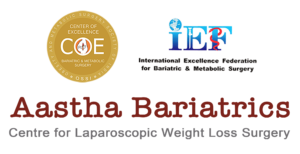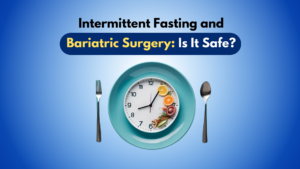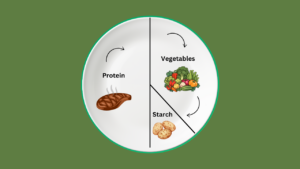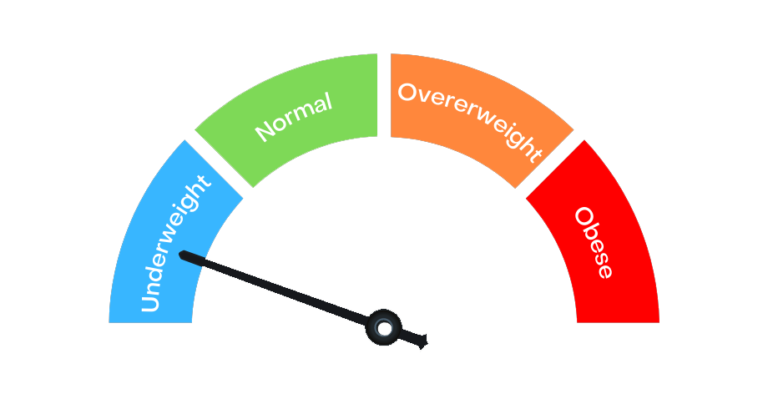
Dt. Vanshika Vyas
Bariatric Dietician & Content Writer
This Is How Your Plate Should Look Like - Post Bariatric Surgery (There and After)
Changing the way you eat after weight loss surgery is inevitable. After all, that’s exactly how weight loss surgery works. It’s supposed to make you satisfied with a much smaller portion of food. You might find yourself trying to push the limit at each meal, eating as much on the plate as you can before crossing that fine line between “oh, i am stuffed” to “oops I’ve thrown up.” People have misconceptions about vomiting after overeating decreases the extra calories those were gone in which is absolutely incorrect.
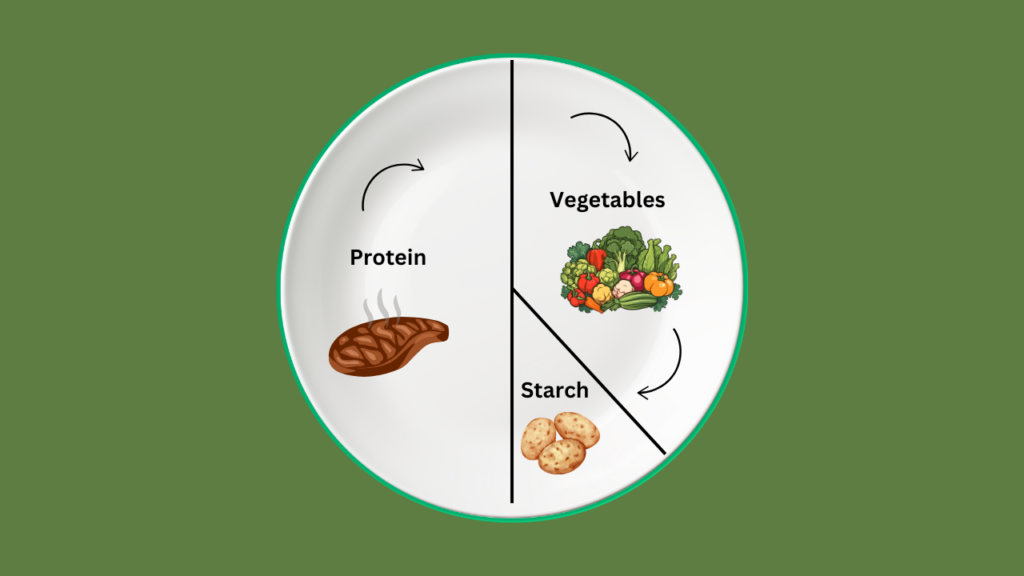
Balanced nutrition is crucial for anyone, but it becomes inevitable important after weight loss surgery. Weight loss surgery, such as gastric bypass or gastric sleeve surgery, significantly reduces the size of the stomach and alters the digestive process. As a result, it can impact the body’s ability to absorb nutrients from food. Therefore, it is essential to focus on a balanced plate to ensure adequate nutrient intake and promote overall health.
Here are some reasons why a balanced plate is important post-weight loss surgery:
Adequate nutrition: Weight loss surgery can limit the quantity of food you can consume, making it crucial to prioritize nutrient-dense foods. A balanced plate that includes a variety of food groups ensures you obtain essential nutrients like protein, vitamins, minerals, and fiber. These nutrients support proper bodily functions, such as muscle repair, immune function, and metabolism.
Sustained Energy Levels: Following weight loss surgery, your body will be in a state of adaptation. Consuming a balanced plate helps provide sustained energy throughout the day, preventing energy crashes and promoting overall well-being. Including a combination of complex carbohydrates, lean proteins, and healthy fats helps maintain steady blood sugar levels and avoids drastic fluctuations.
Preservation of muscles: Weight loss surgery can lead to rapid weight loss, which may result in the loss of both fat and muscle tissue. Consuming an adequate amount of protein is essential for preserving muscle mass. Including lean protein sources in your balanced plate, such as poultry, fish, tofu, or legumes, supports muscle repair and recovery.
Optimal Digestion: Post-surgery, your digestive system may undergo changes, and some foods may be more difficult to tolerate. A balanced plate that includes a mix of whole foods, including fruits, vegetables, whole grains, and lean proteins, supports healthy digestion. Adequate fiber intake aids in preventing constipation, a common issue after weight loss surgery.
Long-Term Weight Maintenance: Weight loss surgery is a tool that helps facilitate weight loss, but long-term success relies on lifestyle changes. Adopting a balanced plate approach post-surgery fosters a healthy relationship with food and promotes sustainable weight management. It encourages portion control, mindful eating, and the incorporation of a wide range of nutrient-rich foods into your diet.
Remember, it’s important to work closely with your healthcare team, including a registered dietitian or nutritionist, who can provide personalized guidance on your dietary needs following weight loss surgery. They will take into account your individual health status, specific surgery type, and any dietary restrictions or recommendations to create a suitable balanced plate plan for you. At Aastha bariatrics, Mumbai we have a team of experienced dieticians with very strong follow up strategies, who make sure to check on their patients vigorously and keep a track of their eating habits, lifestyle & weight loss.
As time passes after weight loss surgery, you will find that you are able to eat larger volumes of food before you hit that line of satiety. If you continually overeat, before you know it the magic bullet that weight-loss surgery was supposed to be doesn’t seem to be quite so magical anymore. So how do you make weight loss surgery work?
Prioritize Your Proteins -
You need to make every meal count by ensuring your meal is high in protein. We prioritize protein throughout the entire diet progression and life long for two reasons-
Our cells need protein to rebuild and heal
Our muscles need protein to remain intact as strong
Protein helps in building muscle mass which in turn catalyzes loss of fat mass
With the restricted room in the new stomach and the importance of protein after surgery, for the first few weeks protein might be the only comfortable food that fits comfortably in the healing gastric pouch
Here are some examples of lean protein:
Fish, shellfish, poultry, lean cuts of meats, eggs, greek yogurt, paneer, non dairy milk or reduced fat milk
We can get innovative and incorporate some plant based protein as well:
Beans, nurs, seeds, lentils, tofu.
Veg Out With Veggies -
Non starchy vegetables are your next priority after protein. This group provides a variety of micronutrients and fiber which are vital to your gut. To complete the rest of your meal, work your way out and mark the remaining half on your plate for vegetables excluding ¼ portion for carbs.
CARBS- ONLY TO FUEL YOUR WAY FORWARD
Lastly fill the rest of the ¼ th part of the plate with carbohydrates. Make sure at least half of your grain choices are whole wheat, jowar, bajra, rice, quinoa, ragi, nachni, etc.
HEW YOUR FATS TO FIT
Finally, limit your fat sources to no more than ½ a teaspoon per meal. If you’ve already used oils or fat sources in your cooking, you do not need to add any extra to your meals. This includes food such as avocado, cheese, nuts, cream and oils.
SWAP YOUR PLATES WITH A SMALLER SIZED ONES
If you are like me and have spent your entire childhood being corrected by well meaning parents to “eat up all your food” on pain of punishments and missing out on deserts. If you feel you should finish everything on your plate; regardless of how full you are- this is where using smaller plates can be useful. Try swapping your regular plates for a plate that’s no longer than 18 cm a diameter. You can also try swapping your bowels for a much smaller one which holds no more than ¼ th cup a food. You can also swap your cutlery for a teaspoon and dessert fork, as this helps you to slow down your eating by taking smaller bites.
Nibble on your food and take your time to pay attention to your feelings of hunger and fullness. You want to stop as soon as you feel that you’re no longer hungry, rather than aiming for that feeling where you’re full or stuffed
